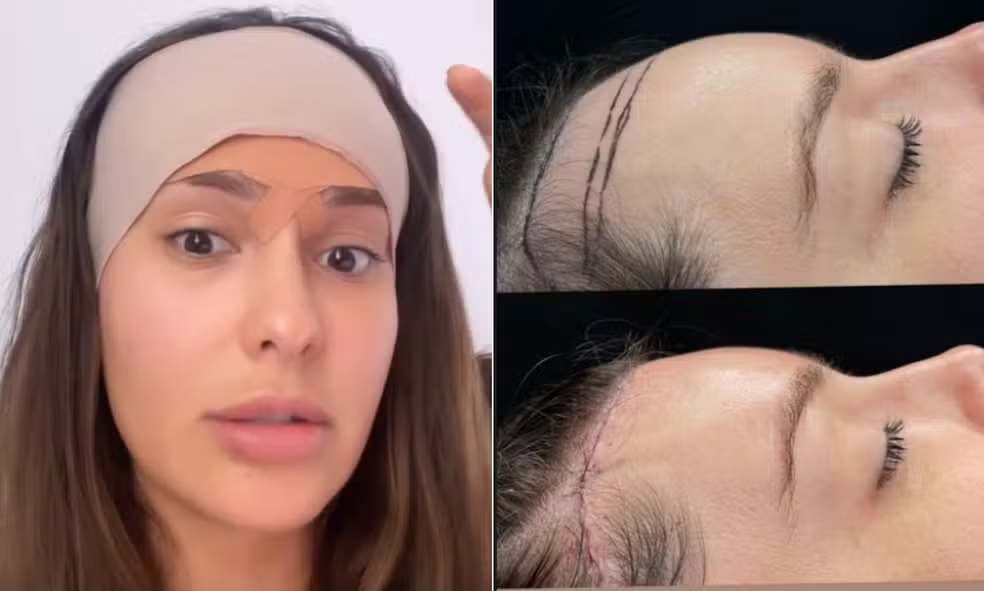Cervical Lift: How the Surgery Works and Surgical Access
A cervical lift is a plastic surgery procedure designed to improve the contour and appearance of the neck, addressing skin laxity, excess fat, and sagging.
The procedure requires access to the deep structures of the neck, enabling long-lasting and natural results.
Central Access and Treated Structures
The main access is made below the mid-neck, allowing the surgeon to treat key structures in the area:
- Digastric muscle: excess is removed to better define the neck contour.
- Submandibular and subplatysmal fat: excess is eliminated for a firmer profile.
- Submandibular gland (when needed): removed in specific cases.
- Platysma muscle: incised to allow repositioning and traction of the muscle, ensuring definition of the cervical region.
Treating the platysma is essential to restore neck support and contour.
Lateral Access and Skin Excess Removal
Lateral access, behind the ear, allows the surgeon to:
- Locate the lateral edge of the platysma
- Complete muscle section
- Perform lateral traction (lateral repositioning), repositioning skin and muscle
When there is excess lateral or lower skin, removal is performed via this retroauricular approach, achieving natural results without visible scars.
Smaller Incisions vs Results
Many patients ask if it is possible to use smaller incisions to reduce scarring.
While possible, it is important to understand that limiting surgical access may compromise the final outcome.
The surgeon must evaluate:
- The type of incision needed to achieve the desired result
- Whether a smaller approach will allow treatment of all critical structures
Choosing the incision requires balancing scar discretion with lifting effectiveness, resulting in a firm and harmonious neck.
Conclusion
The cervical lift is highly effective for patients seeking to improve neck contour, remove excess skin and fat, and redefine cervical muscles.
Success lies in surgical access planning, comprehensive treatment of deep structures, and proper muscle traction.
Patients who understand that smaller incisions may limit results can align expectations and achieve a natural, long-lasting outcome.
Care with an experienced surgeon ensures every anatomical detail is addressed precisely, providing complete aesthetic satisfaction.





